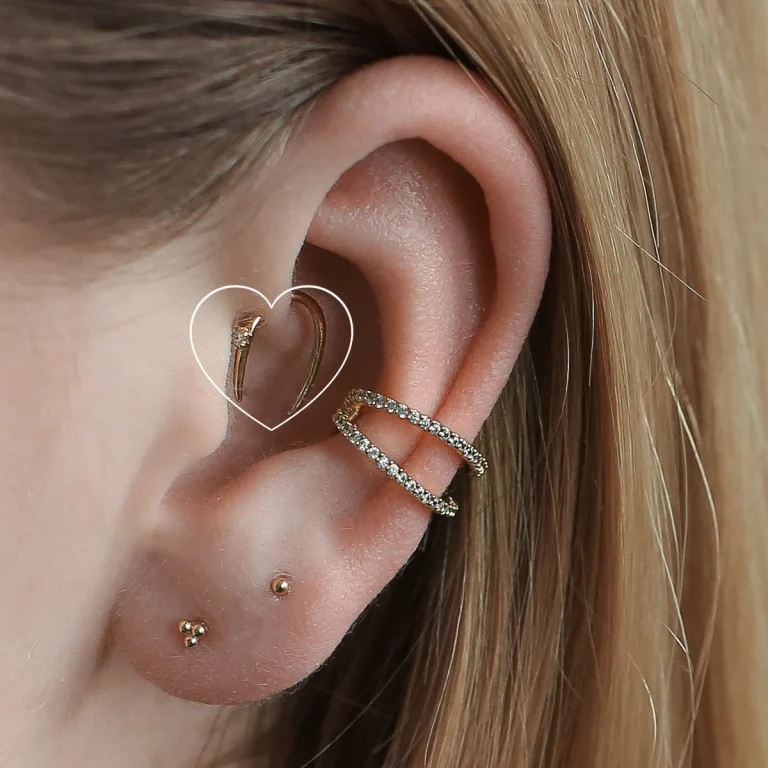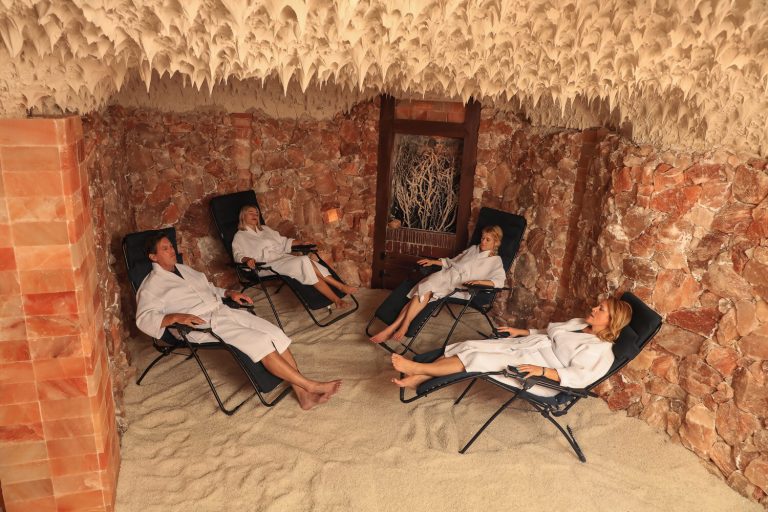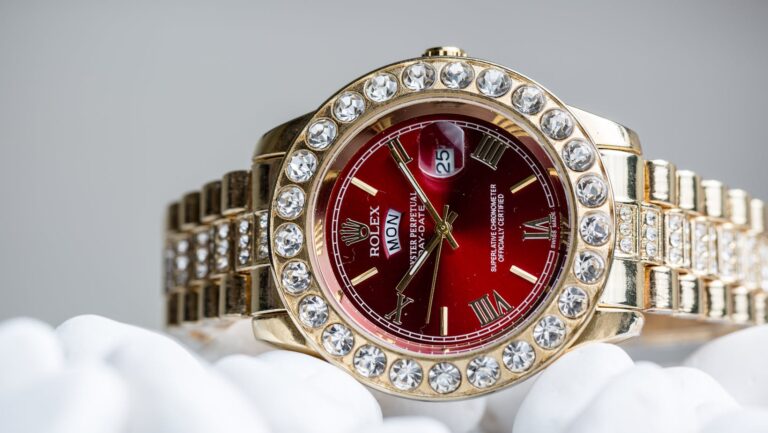Can You Wear Shorts To Church? A Helpful Guide
As summer heats up, many churchgoers ponder the age-old question: Can I wear shorts to church? While it may seem like a simple yes-or-no answer, the reality is more nuanced. Church dress codes vary widely between denominations, congregations, and regions.
With some thoughtful research and consideration, you can determine if shorts are appropriate for your specific church home.
Church Dress Codes Range From Formal to Casual
Contents
- Church Dress Codes Range From Formal to Casual
- Aim For Modesty When Choosing Church Outfits
- Research Your Church’s Dress Code Expectations
- Observe What Others Wear to Services
- Consider the Nature of the Service or Event
- Most Churches Prefer Modest, Conservative Attire
- Consider Seasonal Weather and Climate
- Some Churches Prohibit Shorts Year Round
- More Casual Churches Allow Summer Shorts
- Avoid Offensive or Attention-Seeking Clothing
- Reflect the Atmosphere and Values of Your Church
- Ask Your Church Leaders to Clarify Expectations
- When in Doubt, Play it Safe With Dressier Options
- Aim for Classic Versus Trendy Styles
- Aim for Modesty, Respect, and Comfort
- Key Takeaways:
I’ve attended various churches throughout my life, including Baptist, Methodist, Lutheran, and non-denominational congregations. The dress codes I encountered spanned the spectrum from staunchly formal to casually relaxed. Traditional Catholic and Episcopal services tend to require formal attire. Mainline Protestant denominations like Presbyterian and Lutheran lean toward business casual dress. Evangelical megachurches and modern non-denominational congregations often welcome more casual clothing.
Beyond religious denomination, the church’s geographic area and demographic makeup impact expectations. Rural churches tend to be more casual, while urban congregations can be more formal. The congregation’s average age also sways dress codes. Older or mixed-generational worship services typically call for more formal attire, while youth services and modern congregations embrace casual wear.

Aim For Modesty When Choosing Church Outfits
Regardless of a specific dress code, aiming for modesty and respect is always a safe bet when dressing for church. Showing too much skin or wearing attention-grabbing outfits takes focus away from the spiritual atmosphere. Your clothing choices should enable you and others to focus on communal worship.
Some common considerations around modest church attire include:
- Women generally avoid short skirts or shorts, shirts with low-cut necklines, or exposing bare shoulders and backs.
- Men often wear long pants and avoid sleeveless shirts or shorts.
- Clothing should be clean, neat, and in good condition, not tattered or unkempt.
- Clothing with distracting or offensive messaging is always inappropriate.
There are certainly exceptions. Many churches, like the Korean church in NJ or African church, relax modesty rules during youth services or other informal events. But when in doubt, it’s wise to err on modesty and respect.
Research Your Church’s Dress Code Expectations
Rather than guessing if shorts or casual wear are appropriate, do some research. Many churches communicate dress code expectations online or in printed materials. Start by checking the church’s website and social media pages. An “About Us” or “First Visit” section may cover attire guidelines. Alternatively, browse photos from past services to glean norms. Policies may also appear in newsletters, bulletins, or signs posted on location.
If written policies aren’t available, ask a current member about norms and expectations. People who regularly attend can share insider information on dress codes for various events. Describe an outfit you’re considering and ask if it would be welcomed. Members will appreciate you making an effort to dress appropriately.
Observe What Others Wear to Services
When attending a new church, observe what most people wear to worship services and events. Are dresses and suits the standard, or do most people wear casual shorts and t-shirts? Take note of footwear too. Flip-flops likely signal a relaxed dress code, while shiny dress shoes point to formality. Look for seasonal differences, too. Summer may allow lighter fabrics, while winter gears toward suits and dresses.
Pay attention at your own church as well. Has the dress code evolved over time, perhaps relaxing with younger church leadership or contemporary services? Does attire change for special events like Christmas Eve services? Making observations can clarify unwritten dress code policies.

Consider the Nature of the Service or Event
Dress codes often depend on the type of function you’re attending. For example, shorts and casual wear may be permitted at church picnics or youth group meetings but discouraged for Sunday morning worship. Confirm that your outfit suits the specific activity or ceremony.
Special services like confirmations, baptisms, and funerals generally call for formal attire as a sign of respect. Services on major holidays like Easter and Christmas also tend to be more formal. When in doubt, opt for dressier outfits that meet broader church expectations.
Most Churches Prefer Modest, Conservative Attire
Through my experience across various denominations and regions, I’ve found most churches adopt a relatively conservative dress code. Modest outfits that fully cover backs, shoulders, stomachs, and cleavage are the norm.
For women, conservative churches generally expect dresses or skirts to reach the knees or longer. Sleeveless tops may be allowed if not too revealing. Pants and dressy capris can be acceptable in some congregations. But short skirts, shorts, leggings, and tight clothing are almost always inappropriate.
For men, slacks and collared shirts or suits are suitable. While not always required, ties demonstrate formality and respect. Shorts and sleeveless shirts are typically discouraged.
Consider Seasonal Weather and Climate
When evaluating church dress codes, consider the climate you live in and the season. Here in the southern United States, the summer heat requires lighter, more breathable fabrics. While shorts may not be allowed year-round, some churches relax the rules from June through August. Cold northern winters often dictate suits and dresses, while year-round warmth in southern climates allows a wider range of fabrics and styles.
So attire that’s too casual for January may suit July services. Evaluate seasonal appropriateness rather than relying on rigid rules. If shorts help you comfortably focus on worship on a hot summer Sunday, they may not undermine reverence.
Some Churches Prohibit Shorts Year Round
While seasons impact dress codes, some churches prohibit shorts entirely. This stance is more common among Catholic, Lutheran, Episcopal, Methodist, and Presbyterian congregations. Historically, these denominations advocated formal attire to respect the sacred space.
Churches with year-round bans on shorts expect congregants to wear long pants, dresses, or skirts instead. Yes, enduring summer heat waves in slacks can be uncomfortable. But choosing modest midi skirts or breathable pants honors more formal institutions.
If attending a church that prohibits shorts, I simply abide by the rules. Despite personal preferences, showing respect for that community takes priority. Thankfully, most churches relax seasonal rules in extreme heat waves anyway.
More Casual Churches Allow Summer Shorts
On the casual end of the spectrum, some modern non-denominational and evangelical churches welcome shorts year-round or during the summer. These congregations prioritize an informal, accessible atmosphere over rigid formality. While inappropriate shorts are still prohibited, longer-length shorts pass muster.
I’ve attended casual churches that designate the summer months as the “no jacket required” season. The relaxed rules aim to keep people comfortable and focused on worship over dress code anxieties. For these congregations, airy shorts can demonstrate summer fun over improper immodesty.
So I feel comfortable wearing longer, loose shorts to casual congregations in summer. Just be sure shorter and more revealing shorts stay home. The modesty test remains across the casual/formal spectrum.
Avoid Offensive or Attention-Seeking Clothing
Whether attending a formal Episcopal cathedral or a relaxed beach-town chapel, I avoid clothing with offensive or attention-grabbing messages. Images or words referencing drugs, sex, violence, or vulgarity have no place in houses of worship. Distracting attire undermines the contemplative atmosphere.
Likewise, I avoid excessively loud patterns, revealing styles, or flashy accessories, regardless of the dress code. The focus should remain on spiritual community over personal fashion. If your outfit draws frequent glances and compliments, it likely signals immodesty or distraction.
Reflect the Atmosphere and Values of Your Church
We all want to feel like we belong in our chosen faith community. So once you’ve researched dress code norms and guidelines, reflect them in the clothes you wear. Note that your personal style or preferences come second to honoring the greater church culture.
Dressing appropriately signals that you respect the values shaping your church. For traditionally formal churches, suits and dresses show reverence for heritage and decorum. For relaxed congregations, you demonstrate commitment to an accessible, casual place of worship.
Beyond the dress code, notice the welcoming spirit, diversity, and values. Then complement those intangibles through your appearance and conduct. Ultimately, you want your clothing to enable deeper worship.
Ask Your Church Leaders to Clarify Expectations
If dress code information remains elusive after researching online and observing fellow worshippers, directly ask a church leader. Many pastors and staff appreciate it when new attendees inquire about expectations and norms.
Simply say you want to honor their values and traditions through your clothing choices. Ask if they have any written policies to share. If guidance remains vague, describe your most casual or formal outfit to get their direct feedback.
With gentle guidance from leadership, you can gain clarity for this and any other uncertainties about conduct. And again, the simple act of asking demonstrates your care and respect for their ministry.
When in Doubt, Play it Safe With Dressier Options

Even after thorough research, dress codes can remain ambiguous. Some churches lack concrete policies, while expectations evolve gradually over time. Don’t let uncertainty tempt you to wear your most casual outfit right off the bat.
Remember, it’s always safer to err on the formal side during your first few visits. In most cases, no one will fault you for wearing dress pants and collared shirts until you observe norms. Hold the shorts, sleeveless tops, or casual dresses until you confirm their acceptability. Play it safe as you learn the ropes.
Aim for Classic Versus Trendy Styles
As a final consideration, lean toward classic rather than trendy clothing pieces for church attire. The best items have longevity over many seasons rather than fleeting fads. Timeless dresses, blazers, slacks, and suits transcend temporary trends.
Classic items also transition gracefully as dress codes gradually shift in your congregation. A traditional black dress with a long hemline and sleeves fits in even as casualization occurs. Resist impulse buying by playing into fleeting fashion trends.
And focus on fit and function over flashy embellishments. Well-fitting fabrics that allow easy movement and breathability suit churches across the spectrum. Leave the attention-seeking details at home.
Aim for Modesty, Respect, and Comfort
Searching for hard-and-fast rules on wearing shorts to church can be frustrating. Every faith community handles summer heat and casualties differently. But focusing on modesty, respect, and comfort will guide you through any denomination’s dress code.
With research and reflection, you can discern standards at your new church home. And don’t be afraid to ask questions; most congregations happily guide newcomers. Wearing attire that enables you to worship comfortably and focus on fellowship shows your commitment as a member.
So move forward with confidence that if shorts let you sincerely connect with the divine, they have a place even in formal Sunday services. Let modesty and respect for your community override legalistic rules. And embrace the diversity of church dress codes as a beautiful manifestation of faith lived out in community.
Key Takeaways:
- Church dress code policies range from formal to casual, depending on denomination, region, and other factors.
- Aim for modesty and respect when visiting a new church, erring toward more formal options.
- Research church dress code guidance online and ask members for insights.
- Observe what others wear to services, looking for seasonal variations.
- Consider the nature of the service or event when choosing outfits.
- Some churches prohibit shorts year-round, while others allow them in the summer.
- Avoid clothing with offensive or distracting messaging.
- When in doubt, start formal as you learn norms and ask for feedback from members.
- Focus on classic styles and proper fit versus trendy pieces.
- Let modesty and respect guide your choices more than specific rules.






